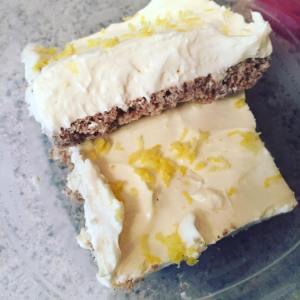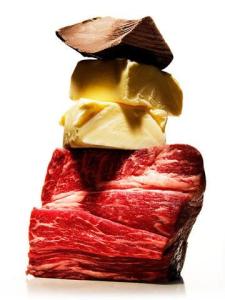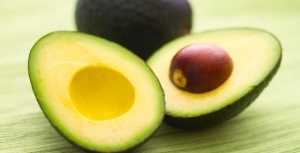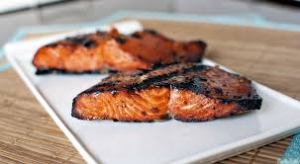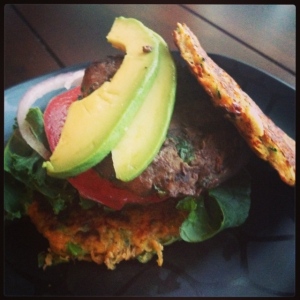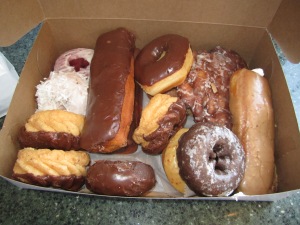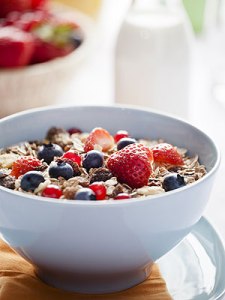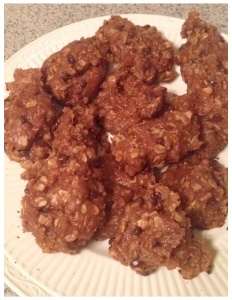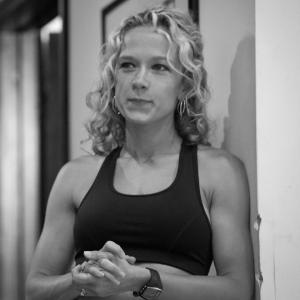We all have heard the saying before, “You need to be eating a balanced diet” – sounds great, right? Truth is, most of us don’t really know what that means. I’ll admit for years I didn’t know that a balanced diet should include lean protein, primary complex carbohydrates, fruits, vegetables – and if you have a sweet tooth like me, you can have those too, in moderation. Now has anyone ever heard of Macronutrients and Micronutrients? If not, I’ll briefly explain both. Macronutrients make up the bulk of the food we eat, they include proteins, carbohydrates and fats. Micronutrients are nutrients that the human body needs in small amounts so it can function properly. Even though they are only needed in small amounts, their deficiency can lead to critical health problems. We’ll get more into Micronutrients in the near future. Today, I’m going to touch on macronutrients and how in the world we fit that into a balanced diet. As I stated above macronutrients make up proteins, carbohydrates and fats… Sure, everyone’s heard of protein, carbs and fats, but what are they REALLY?
Proteins, Carbs and Fats….
Proteins are the called “building blocks of life” and what most of our body is made up of. Some proteins sources include, lean meats, fish, eggs, nuts, protein shakes, etc.
Carbohydrates are compromised of various sugars that all break down into glucose in the body. It’s the body’s preferred energy supply. Your body can use glucose immediately or store it in your liver and muscles for when it is needed. Some carbohydrate sources include, oatmeal, brown rice, whole wheat pasta, fruits and vegetables. All carbohydrates are not created equally though. It’s important to know the difference between bad and good carbs. Don’t worry I’ll go over that in a future post.
Fats are source of energy but, they also serve to protect the internal organs of the body. Some essential fats are also required for the formation of hormones. Fats are the slowest used source of energy but the most energy-efficient form of food. There are four types of fat for the body:
- monounsaturated fats (good fats)
- polyunsaturated fats (good fats)
- trans fats (bad fats)
- saturated fats (bad fats)
Just like the carbohydrates I will go over the different types of fats in the future. A few good fat sources include, olive oil, peanut butter, avocados, flax seeds, and nuts.
So now, what does all that mean? Think about your plate when you make it, you want to have all the macronutrients listed above on your plate to create a balanced meal. To get you started I’ve added a recipe to give a try and see what you think! I’d love your feedback! My friend Lori Harder created this recipe and I’ve made it before and it is so delicious! I hope you like it!
Italian Chicken Burgers with Goat Cheese
Ingredients: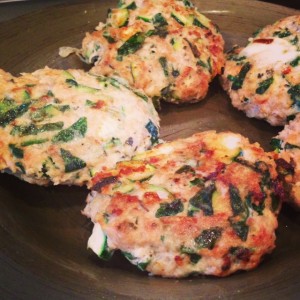
- 1lb. ground chicken
- 2 cloves garlic, minced
- ½ small onion, finely diced
- 1 small zucchini, finely diced
- 1 c. spinach, finely chopped
- ½ tsp. dried basil
- ½ tsp. dried oregano
- ½ tsp. salt
- ¼ tsp. pepper
- 3-4 oz. goat cheese
- 1 tbsp. oil
Instructions
In a mixing bowl, combine all of the ingredients except the cheese and oil. With hands or wooden spoon mix ingredients. Split meat in to 5 servings and form into patties around 1 chunk of cheese. Heat oil in sauté pan on medium heat. Place burgers in pan and cook about 7-9 min. on each side or until no longer pink. Note: Could also bake in oven at 375 degrees for 20-25 min or until internal temp reaches at least 165 degrees.
Serving suggestions:
Serve on a bed of greens with a slice of avocado on top and a drizzle of olive oil and balsamic vinegar. Or, Serve on top of spaghetti squash with organic or homemade marinara sauce.
A few other tips: Don’t over do these changes to your diet. Start off slow. Don’t feel like you have to completely stop drinking 10 Cokes a week, maybe cut back on 1 or 2 a week in the beginning. Never skip breakfast! Add a new veggie in to your diet, maybe one you’ve never tried before. And, did you know that eating every two to three hours speeds up our metabolism? Or, that as we get older our metabolism naturally tends to slow down? By eating every two to three hours we can help reverse those effects! Simplify – don’t be overly concerned in the beginning about counting calories and worrying about portion size, just start with the basics. Drink plenty of water and praise yourself for having a good day! We all have to start somewhere. Don’t over think it!
E
